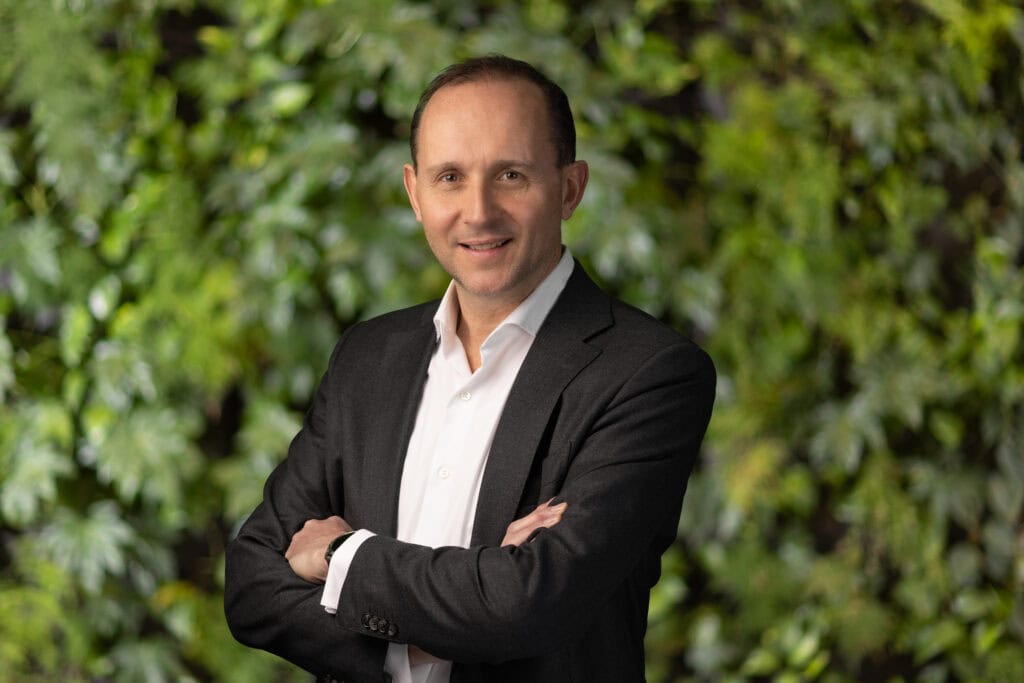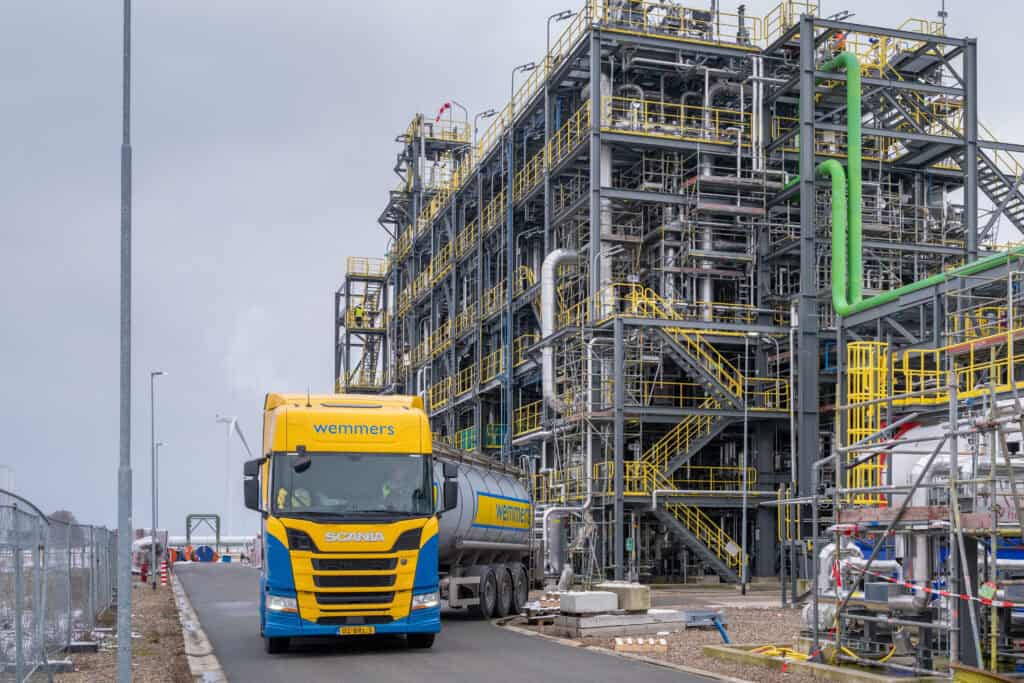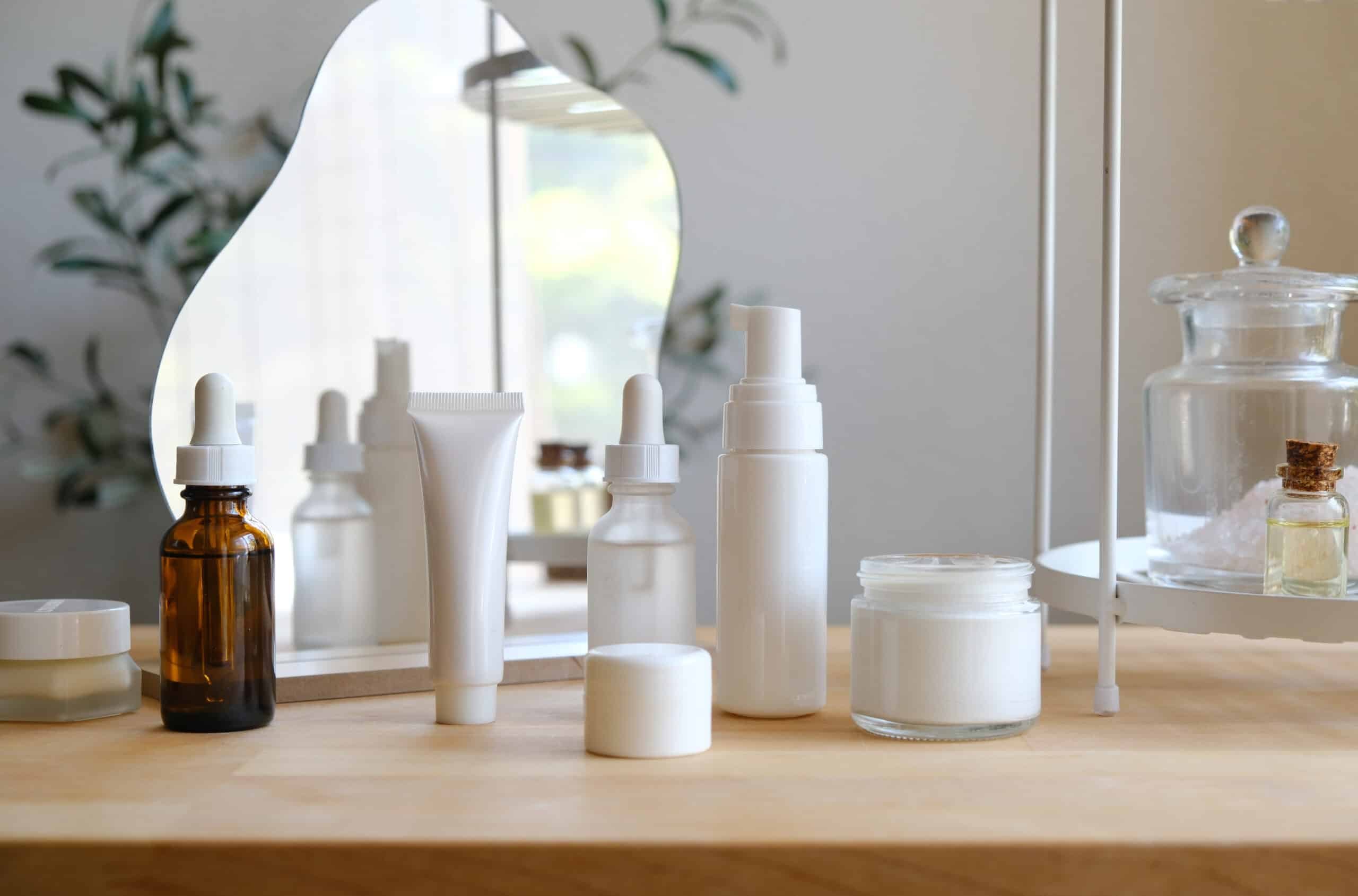Dow’s decision to cancel its chemical-recycling plant in Germany, along with Danimer Scientific filing for bankruptcy, can make it seem like sustainable chemistry is stuck in a one-step-forward-two-steps-back routine, with economic, regulatory, and political hurdles at every turn.
Although venture capital funds are pouring money into robotics and AI, the road to bankrolling a new or more sustainable molecule has gotten longer and harder. That’s against a backdrop of Europe’s chemical de-industrialization, the speed and scope of which has been staggering to most attendees heading to next month’s major plastics-industry get-together, the K Fair in Düsseldorf. No doubt, talk of Dow, SABIC, LyondellBasell and others closing or selling plants will hang in the air.
But despite climate backpedalling and the “drill baby drill” hyperbole, nestled among the major polymer producers at K 2025 will be green-plastic startups that remain surprisingly buoyant about their prospects. They are hoping there is a lesson to be learned from Europe’s past.
When a wave of Middle Eastern capacity came on stream in the early 2000s, Europe protected itself via differentiation: offering better grades, lighter polymers, smaller gauges, and reduced melt flow, according to Alex Hogan, CEO of Vioneo, an AP Moller-owned startup planning to use green methanol for fossil-free polypropylene and polyethylene. Hogan should know — he was there at the time running INEOS’s polymer operations, duking it out with competitors.
Hogan and other start-up executives are hopeful that history will repeat itself with sustainability, that consumer demand for environmentally-friendly packaging and materials, alongside European regulations on emissions, can create a new profit center for the region’s industry.
“While recent projects have been attracted over to Asia after investment uncertainty in Europe, the fact that Europe remains the global centre for speciality chemistry and has a more robust policy outlook for end markets provides Europe with an opportunity to defend its position,” said Andrew Inglis, director at advisory firm etasca. “Scope 3 carbon emissions reporting is expected to come into effect by 2027. This has the potential to provide stronger fundamentals for sustainable chemistry in Europe.”
Vioneo plans to build the world’s largest fossil-free LDPE plant in Antwerp to drive a wedge into the established order. It calculates that, by 2050, Europe will still need 50 million metric tons of plastic. Even allowing for generous recycling levels and reduced usage, that still leaves a 26 to 28 million-ton bridge to fill. To put it in perspective, once up and running, the flagship facility will produce about 300,000 tons of polymers, in a 12 million-ton market.

“We have a huge opportunity here to change the industry. The one thing Europe is very good at is differentiation,” Vioneo’s Hogan said.
“We are not here for one plant. I will be saying we have succeeded when we have five to 10 plants globally.”
etasca’s Inglis feels investors initially overlooked the requirement for upstream integration with waste-management and the need for technologies to be proven at scale.
“Europe still has potential in this area, given its regulations drive the end market requirement, but the economic environment and market dynamics in Asia are starting to attract more investment,” Inglis added.
Vioneo’s sales pitch is that although fossil-free plastic is more expensive, there are benefits beyond consumer marketing around sustainability. Customers stand to save six tons of CO2 per ton of plastic, which can be used to offset their own emissions. Half of the savings stem from the manufacturing process. The fossil-free premium can also be bridged by offering customers a fixed price, removing the headache of volatile market prices, Hogan added.
Yet there is no getting around the fact that the wider startup scene in chemicals has become littered with failures. Banks got their fingers burnt by the sudden bankruptcy of Northvolt, which, along with stuttering progress at other projects, has had a knock-on effect in chemicals and materials.
“Let’s be frank, the hurdles have been raised for financing now, and the banks are looking at much tougher criteria,” Hogan said.
Having AP Moller as a parent is a godsend. Its Maersk shipping arm has been reducing its CO2 footprint by switching the fleet to biomethanol. By contrast, a polyolefins maker like Dow won’t have the methanol buying out-reach of a Maersk that is buying millions of tons. So AP Moller is going full-steam ahead with an investment of more than 1.5 billion euros in Vioneo.
“What sets us apart is we have a solid financial backup, so we are not a little startup with no-one behind us. That is super important when we talk to big global brands. The second part is we are not a technology startup. This isn’t about lab-scale technology that works and now we’ve got the risk of trying to scale,” Hogan added.
In another corner, Netherlands-based startup Avantium has taken the unusual step of funding its green polymer as a listed startup, something more commonly seen in pharma biotech. For the past 15 years, the Dutch company has been developing a proprietary route to catalytically convert plant-based sugars into furandicarboxylic acid, the key building block for the sustainable plastic polyethylene furanoate. All along the way, its endeavors to launch an alternative to polyethylene terephthalate have been in full view of analysts and the investor community.
“There are many companies in bio-based products that have struggled or failed. It is not that easy to finance companies when you have all the costs but no revenue. It takes a lot of staying power to get there,” CEO Tom van Aken said in an interview with chemicalESG.
Partly bankrolling its endeavors with bank loans, Avantium is now at the most critical point in its journey. So far, it has been hard-fought progress. Van Aken last month negotiated a long-term financial package to ease interest rates, maturities, and increase funding, but he is not quite there yet. This month is another big test: a share sale that will help Avantium start up production and move toward full nameplate commercial production in 2027. From there, it could be 12-24 months to reach full name-plate capacity.

“I am spending an awful lot of my time talking with banks, investors, and lawyers about the financial side,” van Aken told chemicalESG.
“This is extremely important financing to make sure that we make that last bit of the marathon. Once that is in place, the company is then going to be in financially stable water.”
Avantium has lined up 20 customers, attracted by claims of 10 times greater barrier performance than PET, allowing for thinner and lighter bottles, with better shelf life and sustainability credentials. The first batches of PEF will hit the market in the first half of 2026. You can expect to see PEF turn up in a wide range of applications — from bottles and packaging to fibers — as it is an easy switch for molders or textile-processor without requiring changes to hardware.

The startup of a new plant is always nail-biting for any chemical company. Introducing an altogether new molecule is especially so but, fortunately, there have been no major setbacks so far, according to the CEO.
The chemistry and the final product are all fine — just minor annoyances like software bugs, he added.
And, crucially, the CEO feels its sustainable polymer offers some protection from China.
“This is one of the benefits of coming up with a completely new material. All the IP and patents around this belong to our company,” van Aken said. “If companies in China find a way to make FDCA and want to convert it into PEF, we’re not going to interfere. We know there will be companies in China trying to make this, but if they want to use it outside of China, they’ll have to deal with our IP.”
It also helps that the route to make FDCA from fossil-based feedstock is prohibitively expensive. There has been good interest from customers who want to see this material on the market to gauge how their customers will respond, the CEO said.
Beyond 2027, Avantium could further tap the stock markets to fund growth.
“Not many companies do this. We have been among the first of those on the more chemistry side to have done it this way, and we are trying to demonstrate to other companies like us that this can be a good choice. I guess the jury is still out there. We can only say that this has been successful after we have become profitable,” van Aken said.


